Full text
PDF
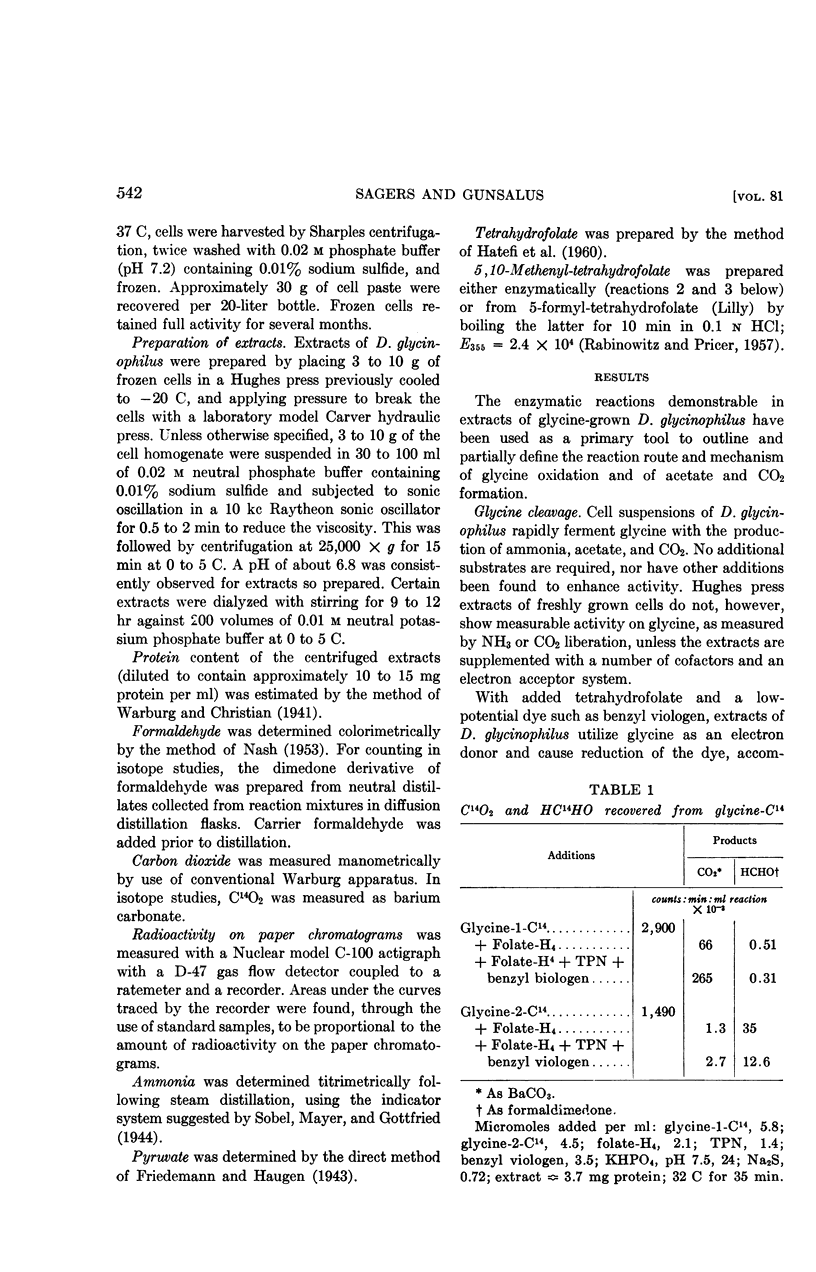
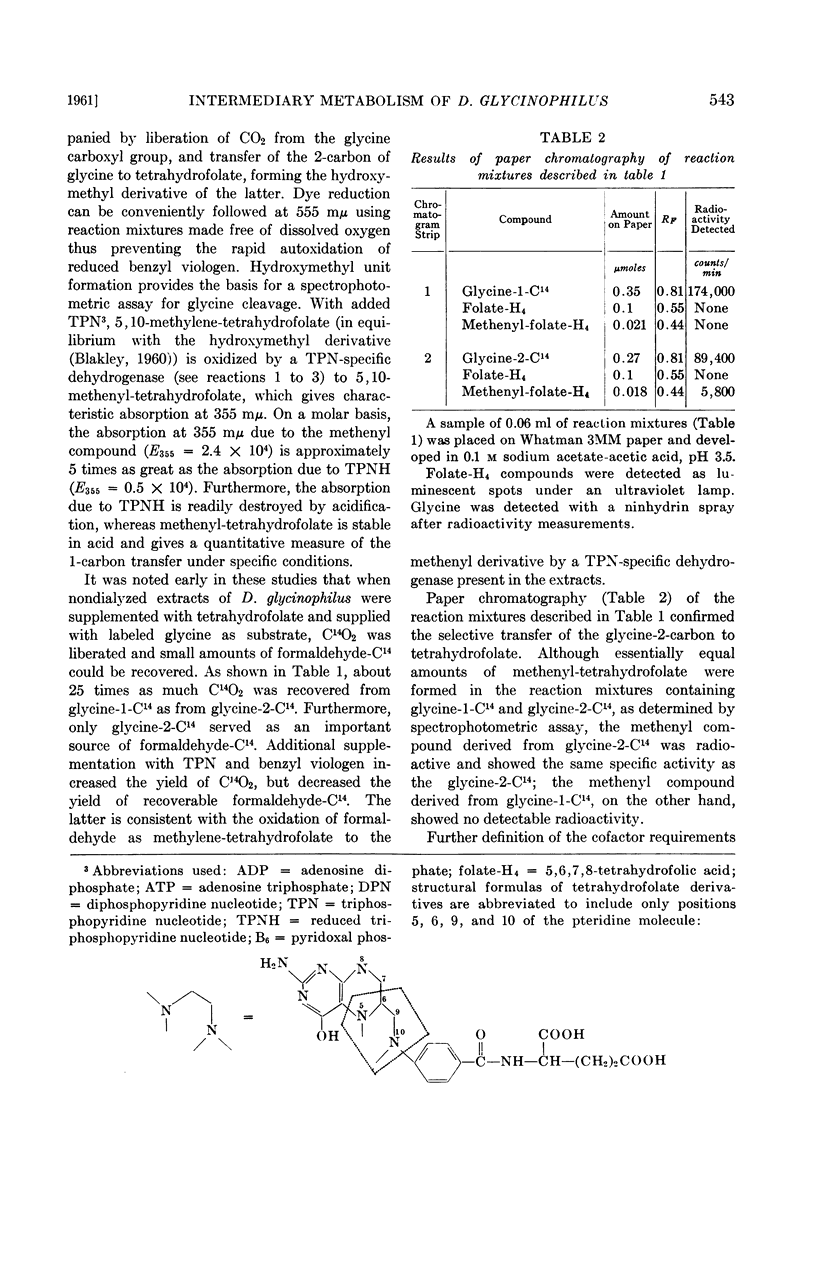
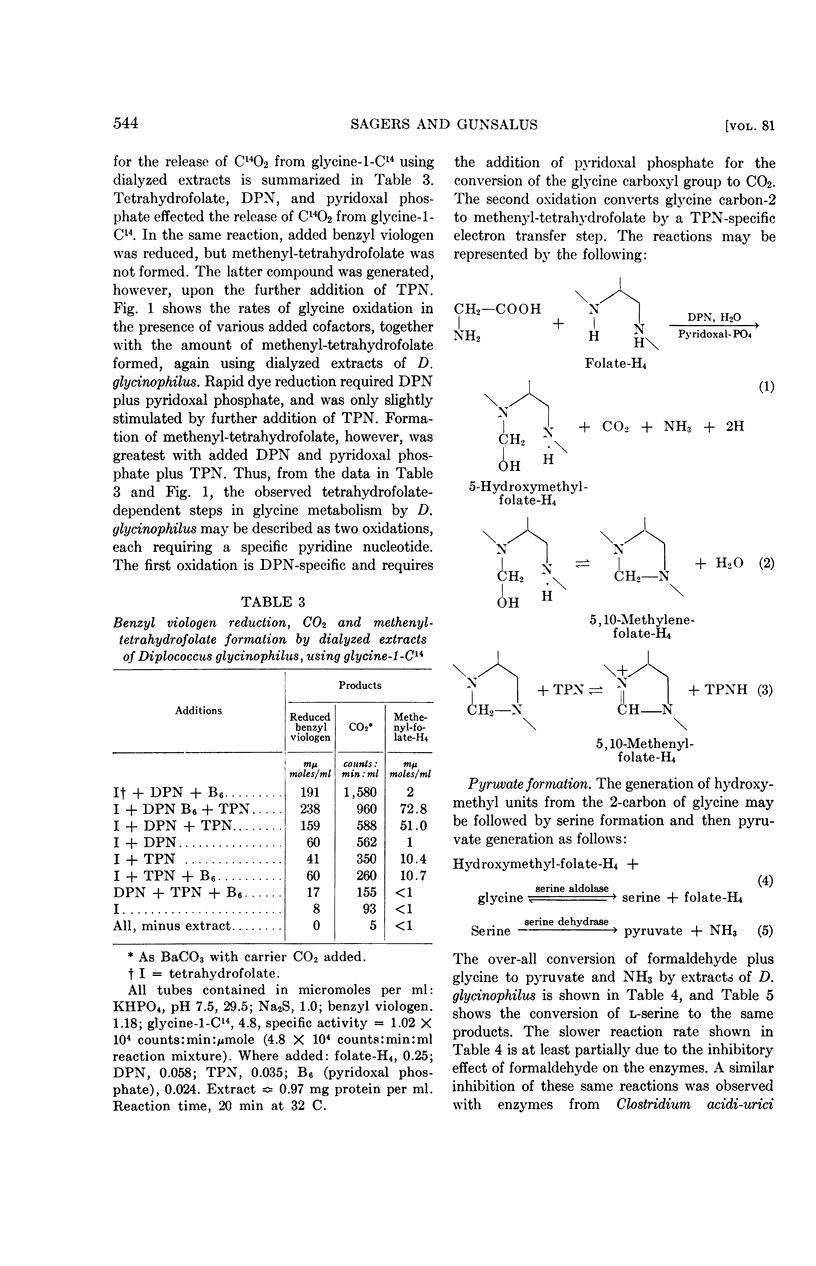
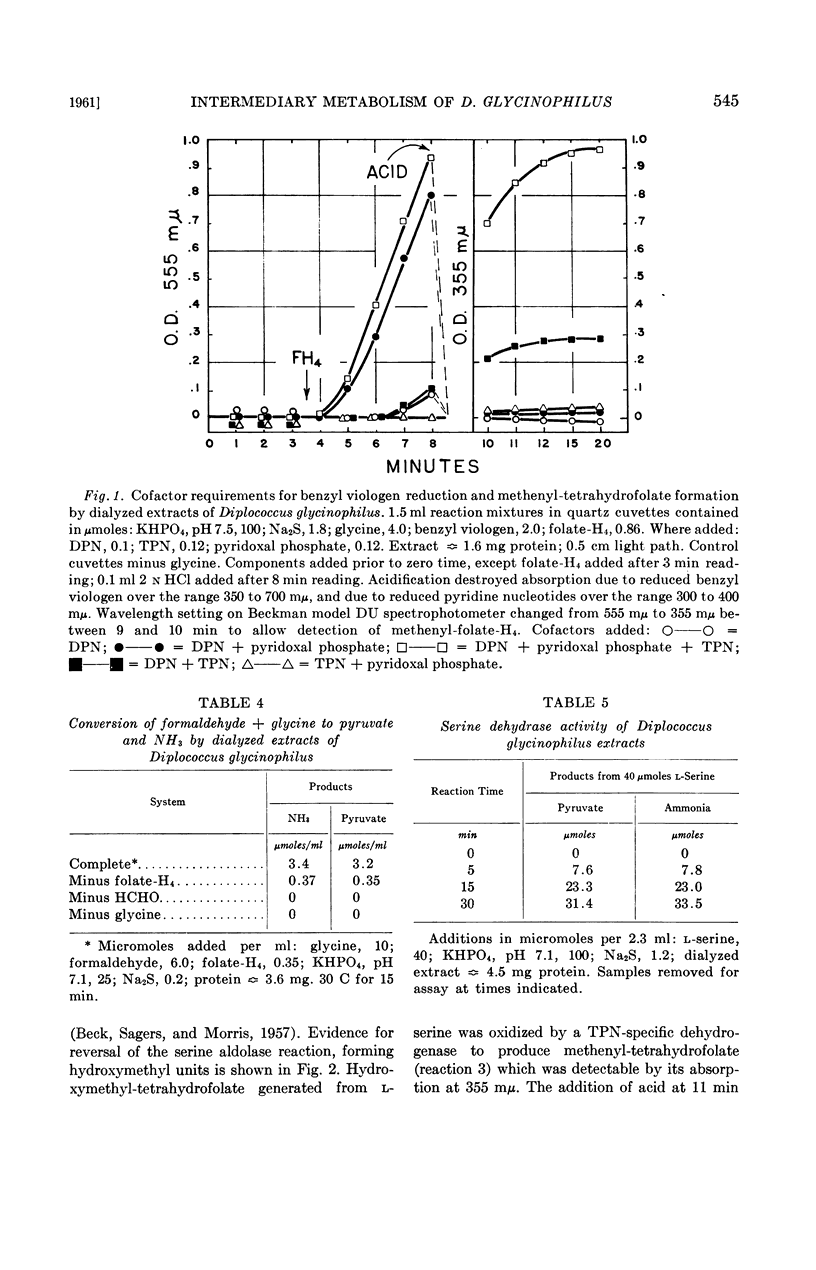
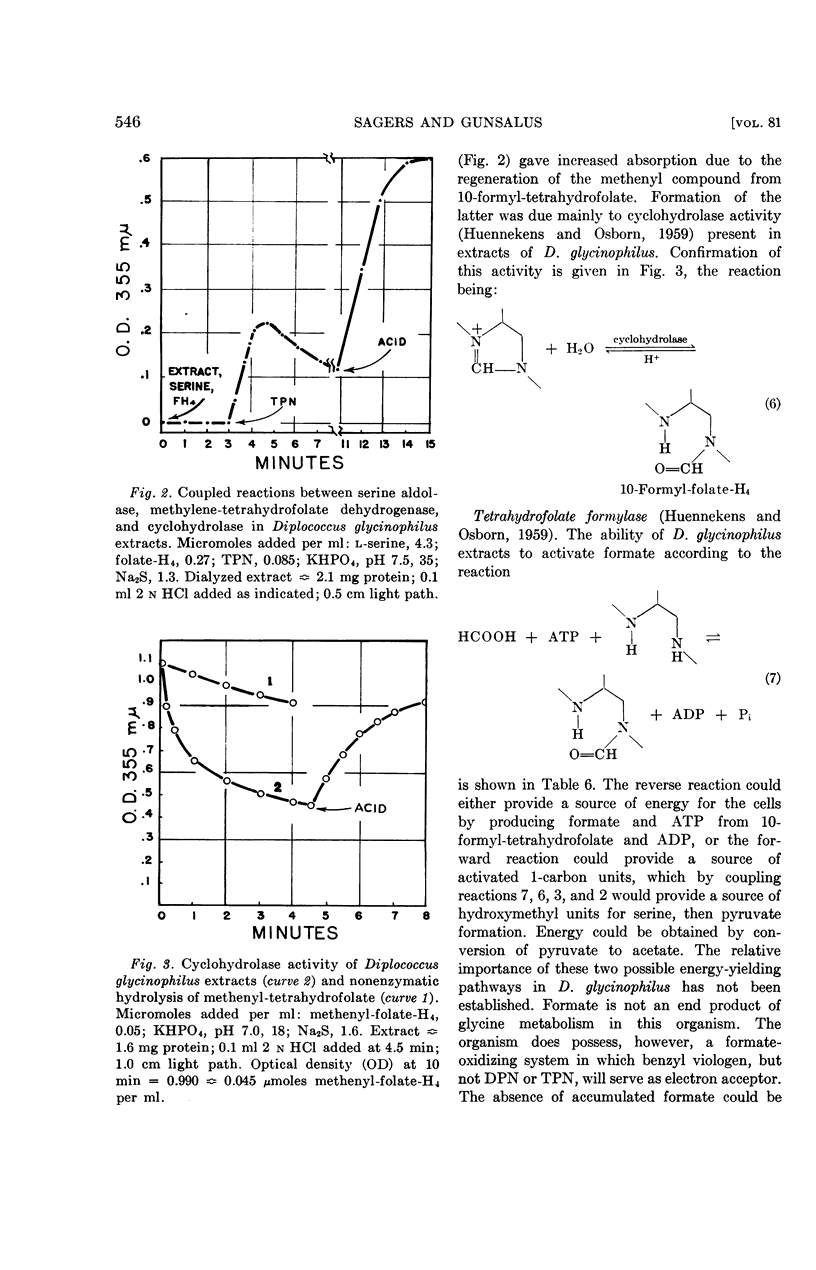
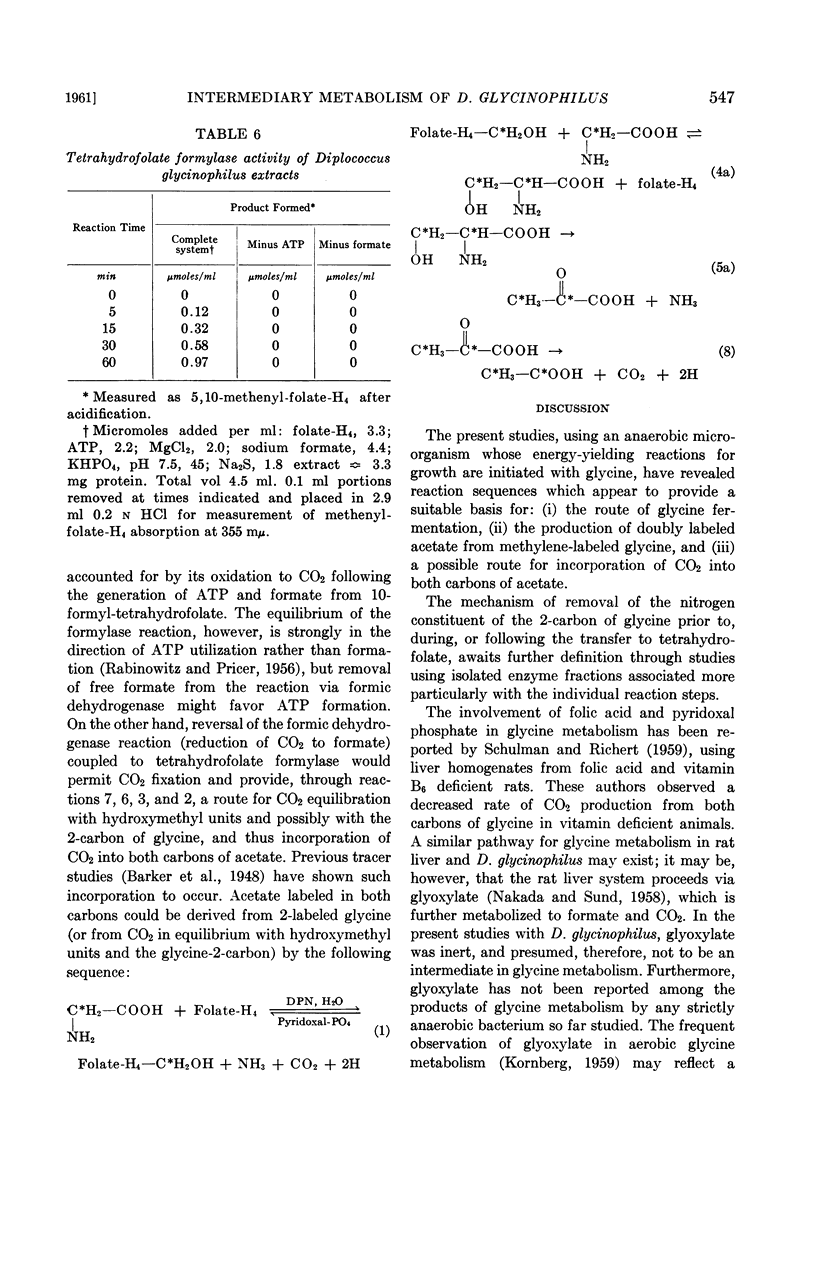
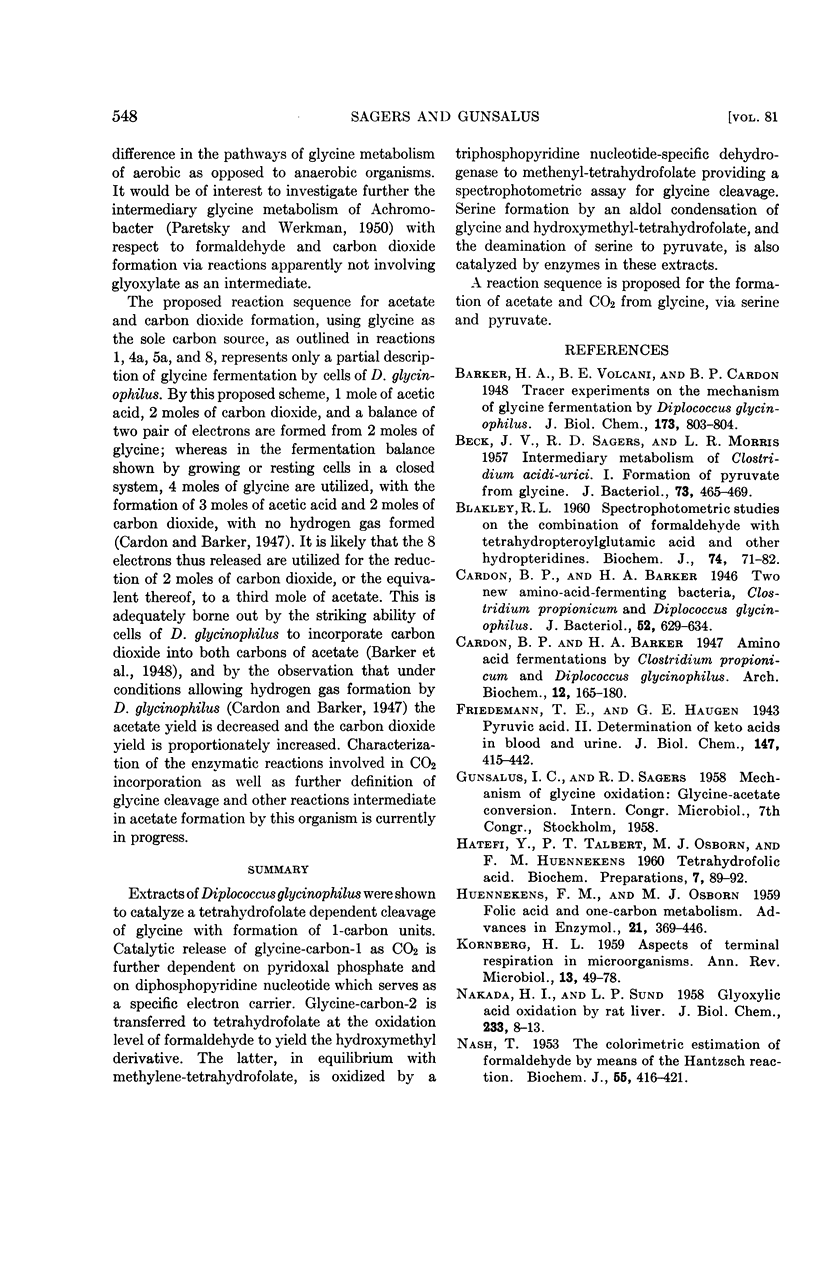
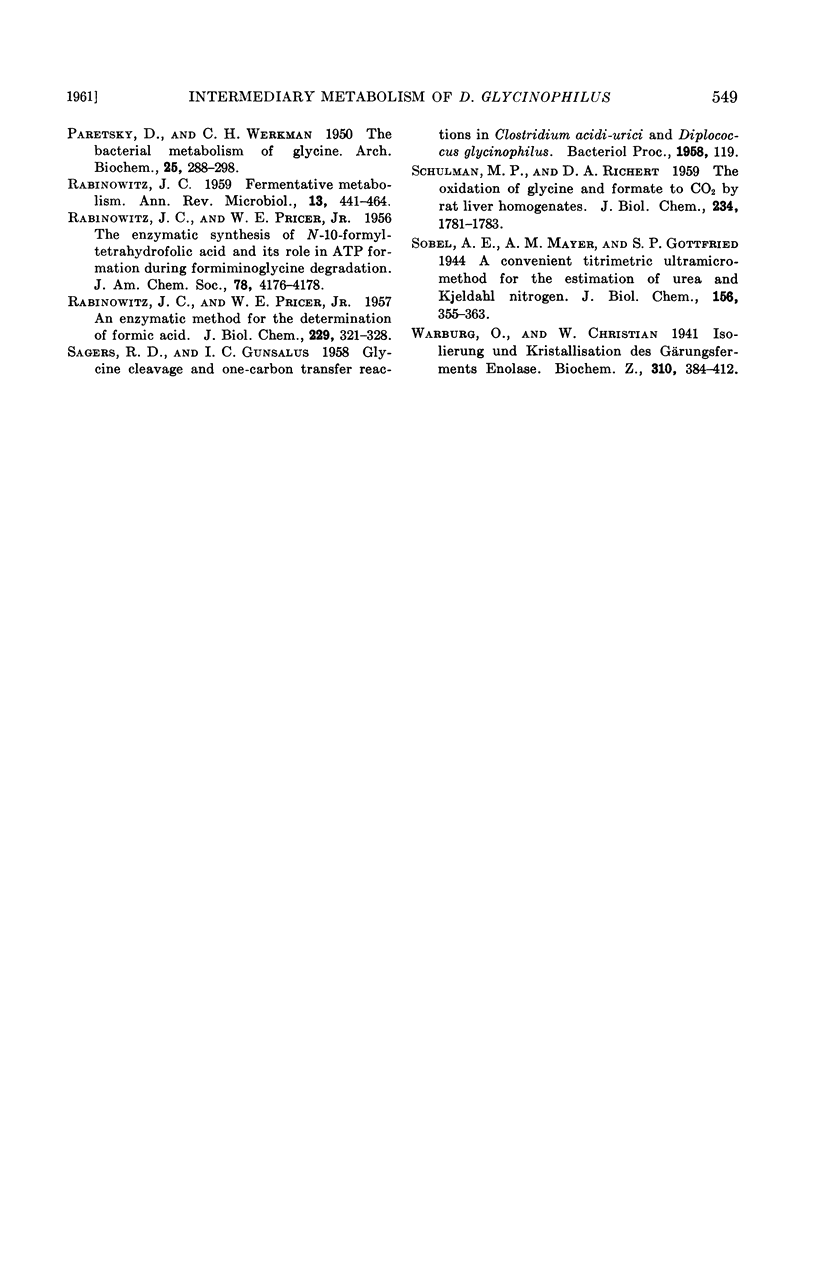
Selected References
These references are in PubMed. This may not be the complete list of references from this article.
- BECK J. V., SAGERS R. D., MORRIS L. R. Intermediary metabolism of Clostridium acidi-urici. I. Formation of pyruvate from glycine. J Bacteriol. 1957 Apr;73(4):465–469. doi: 10.1128/jb.73.4.465-469.1957. [DOI] [PMC free article] [PubMed] [Google Scholar]
- BLAKLEY R. L. Spectrophotometric studies on the combination of formaldehyde with tetrahydropteroylglutamic acid and other hydropteridines. Biochem J. 1960 Jan;74:71–82. doi: 10.1042/bj0740071. [DOI] [PMC free article] [PubMed] [Google Scholar]
- Cardon B. P., Barker H. A. Two New Amino-Acid-Fermenting Bacteria, Clostridium propionicum and Diplococcus glycinophilus. J Bacteriol. 1946 Dec;52(6):629–634. doi: 10.1128/jb.52.6.629-634.1946. [DOI] [PMC free article] [PubMed] [Google Scholar]
- NAKADA H. I., SUND L. P. Glyoxylic acid oxidation by rat liver. J Biol Chem. 1958 Jul;233(1):8–13. [PubMed] [Google Scholar]
- NASH T. The colorimetric estimation of formaldehyde by means of the Hantzsch reaction. Biochem J. 1953 Oct;55(3):416–421. doi: 10.1042/bj0550416. [DOI] [PMC free article] [PubMed] [Google Scholar]
- PARETSKY D., WERKMAN C. H. The bacterial metabolism of glycine. Arch Biochem. 1950 Feb;25(2):288–298. [PubMed] [Google Scholar]
- RABINOWITZ J. C., PRICER W. E., Jr An enzymatic method for the determination of formic acid. J Biol Chem. 1957 Nov;229(1):321–328. [PubMed] [Google Scholar]
- SCHULMAN M. P., RICHERT D. A. The oxidation of glycine and formate to CO2 by rat liver homogenates. J Biol Chem. 1959 Jul;234(7):1781–1783. [PubMed] [Google Scholar]


